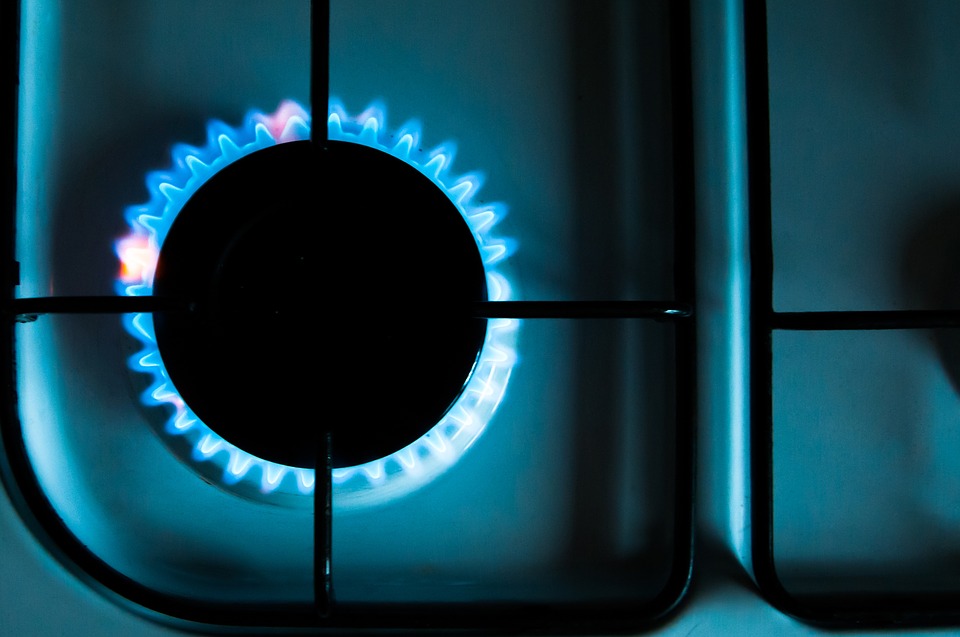
U.S. natural gas futures jumped more than 6% to a near two-week high on Wednesday on forecasts of much colder weather and higher heating demand through early March than previously expected.
Traders noted the price increase came despite the continued slow return of U.S. production from cold weather-related reductions over the past month, and a 9% drop in European gas futures due to what looks like an easing of tensions between Russia and Ukraine.
Over the past month or so, the U.S. has worked with other nations to ensure that gas supplies—mostly from liquefied natural gas (LNG)—would keep flowing to Europe in case Russia cuts off exports to the rest of the continent.
If Russia invades Ukraine, the U.S. and Europe have said they would sanction Russia, which would likely cause Russia to cut some gas exports to Europe. Russia provides around 30%-40% of Europe’s gas supplies, totaling about 16.3 billion cubic feet per day (bcfd) in 2021.
Since the start of the year, however, the U.S. gas market has focused more on changes in U.S. weather, domestic supply and demand, rather than what is happening around the world. So far in 2022, U.S. gas followed European prices only about a third of the time versus two-thirds in the fourth quarter of 2021.
U.S. front-month gas futures for March delivery rose 26.6 cents, or 6.2%, to $4.572 per million British thermal units (mmBtu) at 8:26 a.m. EST (1326 GMT), putting the contract on track for its highest close since Feb. 3.
Data provider Refinitiv said average gas output in the U.S. Lower 48 states fell from a record 97.3 bcfd in December to 94.0 bcfd in January and 92.7 bcfd so far in February, as cold weather froze oil and gas wells in several producing regions.
But on a daily basis, gas production has gained almost every day since dropping to 86.3 bcfd during a winter storm on Feb. 4, reaching a high of 95.2 bcfd on Feb. 11, the most since Jan. 1. Output on Wednesday, however, was on track to slip for a second day in a row to a preliminary one-week low of 94.3 bcfd.
Even though the weather is forecast to be colder than previously expected, it is still on track to be less cold next week than this week with the coming of spring-like temperatures in some areas.
Refinitiv projected average U.S. gas demand, including exports, would slide from 122.9 bcfd this week to 121.2 bcfd next week. The forecast for next week was higher than Refinitiv’s outlook on Tuesday due to the expected colder weather.
The amount of gas flowing to U.S. LNG export plants rose to an average of 12.7 bcfd so far in February, which would top January’s monthly record of 12.4 bcfd, as liquefaction trains at Venture Global LNG’s Calcasieu Pass export plant in Louisiana enter service.
A tanker arrived at Calcasieu on Feb. 7 and will likely leave with the plant’s first cargo this week.
Traders said demand for U.S. LNG would remain strong so long as global gas prices keep trading well above U.S. futures as utilities around the world scramble for cargoes to meet surging demand in Asia and replenish low inventories in Europe, especially with the threat that Russia could invade Ukraine and cut gas supplies to Europe.